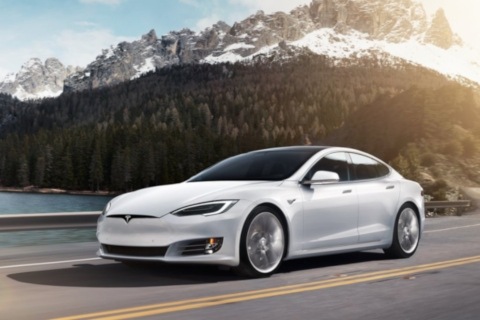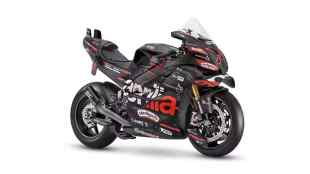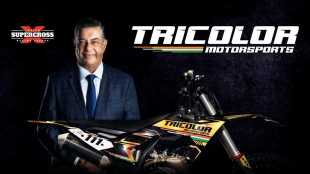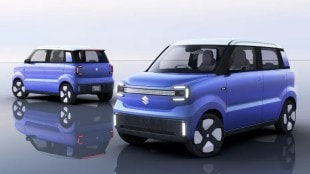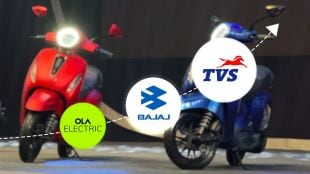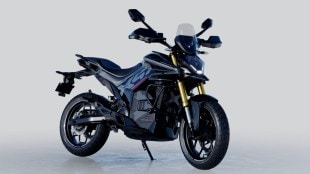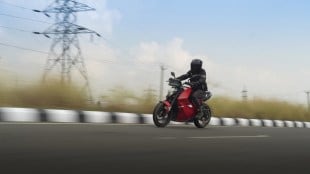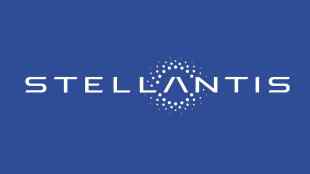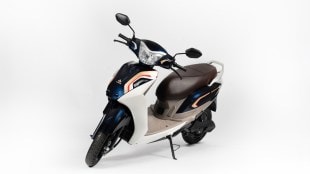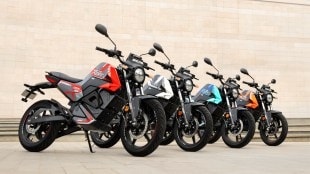
Tesla has been at the forefront of the electric vehicle revolution and Elon Musk leaves no occasion to mention the same. At one of his recent presentations, Musk stated that despite other major automobile manufacturers now finally deciding to launch their own electric vehicles, are still far behind cars made by Tesla and are not even able to beat the original 2012 Model S. Sam Korus, associated with ARK Invest, recently tweeted a chart which compares the a variety of Tesla vehicles, including the 2012 Model S with the Audi E-Tron and Jaguar I-Pace.
The chart pitches all these electric vehicles against each other on the basis of their battery pack capacity and the EPA. As one can see, a 2012 Tesla Model S, which is equipped with an 85 kWh battery pack, promises an EPA range of 426 km. On the other hand, a 2018 Audi E-Tron, with a 95 kWh battery pack offers an EPA range of 328 Km. The 2018 Jaguar I-Pace, with a 90 kWh battery pack offers an EPA range of 377 km.
6 years after the iPhone launched, competitors caught up. Car makers haven’t even caught up with the 2012 #Tesla Model S. pic.twitter.com/MhE2AVT2xU
— Sam Korus (@skorusARK) April 29, 2019
The chart further shows that the 2019 Tesla Model S, with an improved battery pack capacity of 100 kWh, gives an EPA range of 595 km. The 2019 Model X SUV, on the other hand, with a 100 kWh battery pack capacity offers an EPA range of 523 km. Furthermore, the current entry-level offering from Tesla, the Model 3, its car for the masses comes with a battery pack capacity of 80.5 kWh, which offers an EPA range of 499-523 km.
Electric vehicles are soon becoming a popular choice globally and many are opting for the same instead of conventional powered cars. The acceptance for EVs is more so in countries which offer better-charging infrastructure. Range anxiety is a common issue for electric vehicle users. Going by the data, Tesla has an edge over its competition and will continue to retain the same in the near future as well.
